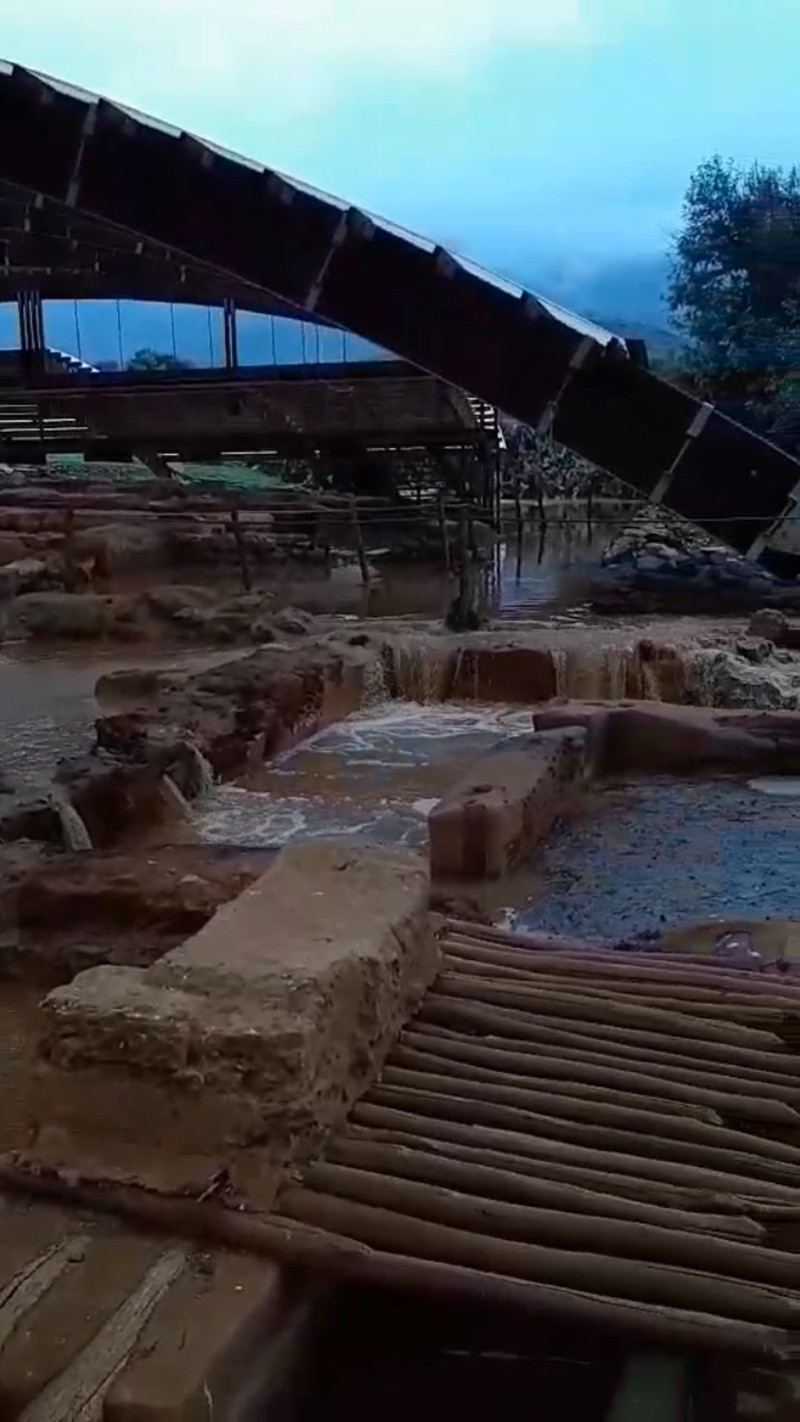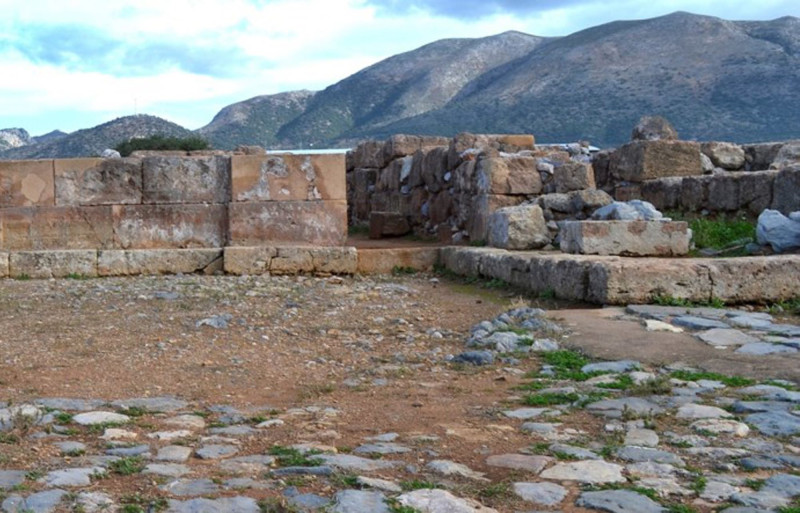Malia is on the list of high-risk archaeological sites, as heavy rains have caused flooding in the archaeological site in the last five years.
Maintenance and structural fixing work at Minoan Palace at Malia launched by the Ministry of Culture.
Malia is on the list of archaeological sites high risk because of the climate crisis, as heavy rains have caused, in the last five years, flooding phenomena in the archaeological site.
The discovery of archaeological material dating between 1900-1700 BC. strengthen the hypothesis that the palace of Malia is earlier than those of Knossos and Phaistos.
The construction of the Malia palace dates back to its beginning First palace period.
“The Minoan Palace of Malia is included in the Minoan palace centers that we have proposed for the serial registration of Minoan palaces in the UNESCO World Heritage List. At the same time, the Ministry of Culture has included in its planning the implementation of a flood protection project, with a budget of 3,360,000 euros, with resources from the Recovery Fund” said the Minister of Culture Lina Mendoni.
“For the Ministry of Culture, it is a political priority to prevent, systematically monitor and shield our country’s cultural stock from the climate crisis, as well as the protection, restoration and promotion of archaeological sites, and the upgrading of visitor service infrastructure. The archaeological site to be visited includes the Minoan Palace and the excavated parts of the ancient city that surround it. Extreme weather phenomena began to be observed from 2019, when the intense floods that hit the island led to landslides and destruction in the archaeological site as well. The implementation of fixing and maintenance works was deemed necessary for the protection of the monuments, while the anti-flood protection project is also ongoing, with the construction of an extensive drainage network and the replacement of the damaged roofs with new ones of high durability,” said the Minister of Culture.
In the archaeological site of Malia, the palace is not covered, but exposed to the weather, in contrast to the eastern Storehouses, the Crypt and quarter M, where there are plasters and structures made of earthen material, and they are covered with a canopy.
The study of maintenance and fixing of building materials, which has been completed, concerns the architectural remains of the archaeological site of Malia, an area with extensive political, economic and cultural activity and with expanded commercial transactions. The study captures the construction materials of the monument, describes the state of conservation of its individual elements and includes conservation proposals.
Regarding the pathology, problems of erosion and stone breakage, collapse and deformation, biological colonization are identified, among others. During the heavy rains of November 2020, the wider area of Malia and the archaeological site – the central courtyard of the palace, some internal enclosures, and areas located at low levels (Crypt, District M) – were flooded. Due to the soluble nature of the materials and the poor state of preservation, point collapses of stones and masonry, as well as parts of the earthen masonry, were caused. The planned operations include, among others, cleaning of stones and treatment of biological agents, welding, filling – sealing, fixing of masonry, maintenance of floors.
Excavations at Malia began in 1915 by the Ephorate of Crete. In 1921, the collaboration with the French Archaeological School began, which excavated the building complex of Chrysolakkos. Pottery has been found in the area since the 3rd millennium BC, but the systematic habitation of the area dates back to between 2450-2200 BC. Large architectural units were developed around the palace during the Protopalatial period, such as the Mu quarter, the hypostyle crypt that joins the market. At the end of the Protopalatial period (~1700 BC) the area of Malia was destroyed by a strong earthquake and subsequent fire. After the destruction, attempts were made to reconstruct it at the beginning of the Neopalatial period (1700-1430 BC). But in 1530 BC the palace was destroyed again, probably by the earthquake caused by the eruption of the Santorini volcano. About 1390 BC activity detected in the area again.
Source :Skai
I am Frederick Tuttle, who works in 247 News Agency as an author and mostly cover entertainment news. I have worked in this industry for 10 years and have gained a lot of experience. I am a very hard worker and always strive to get the best out of my work. I am also very passionate about my work and always try to keep up with the latest news and trends.












